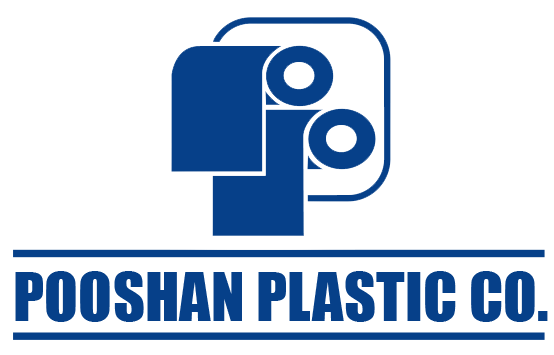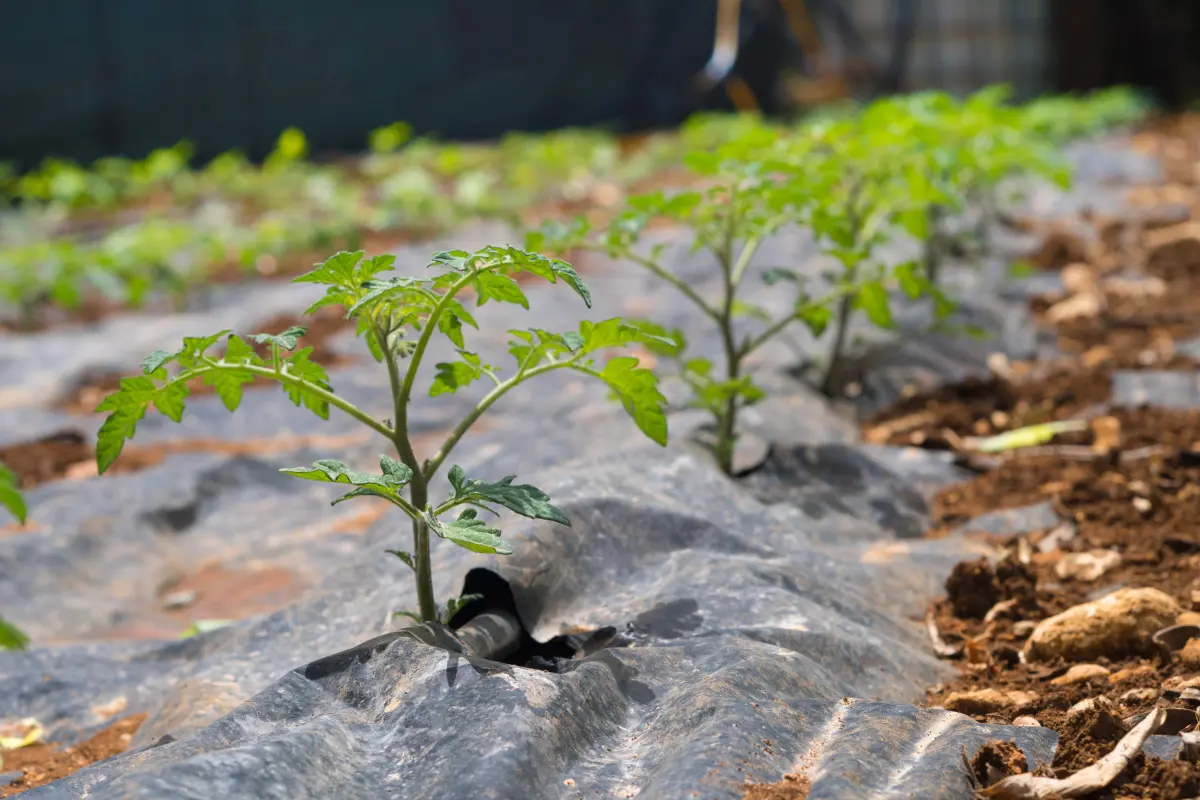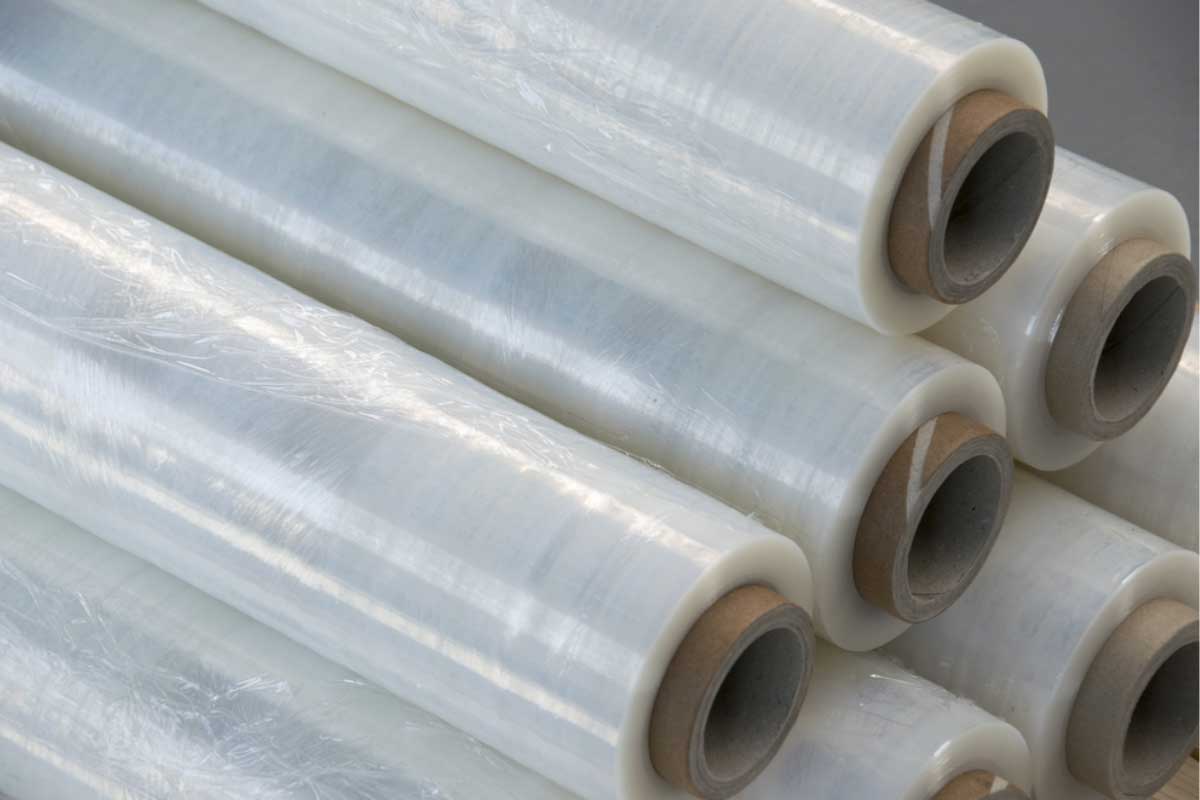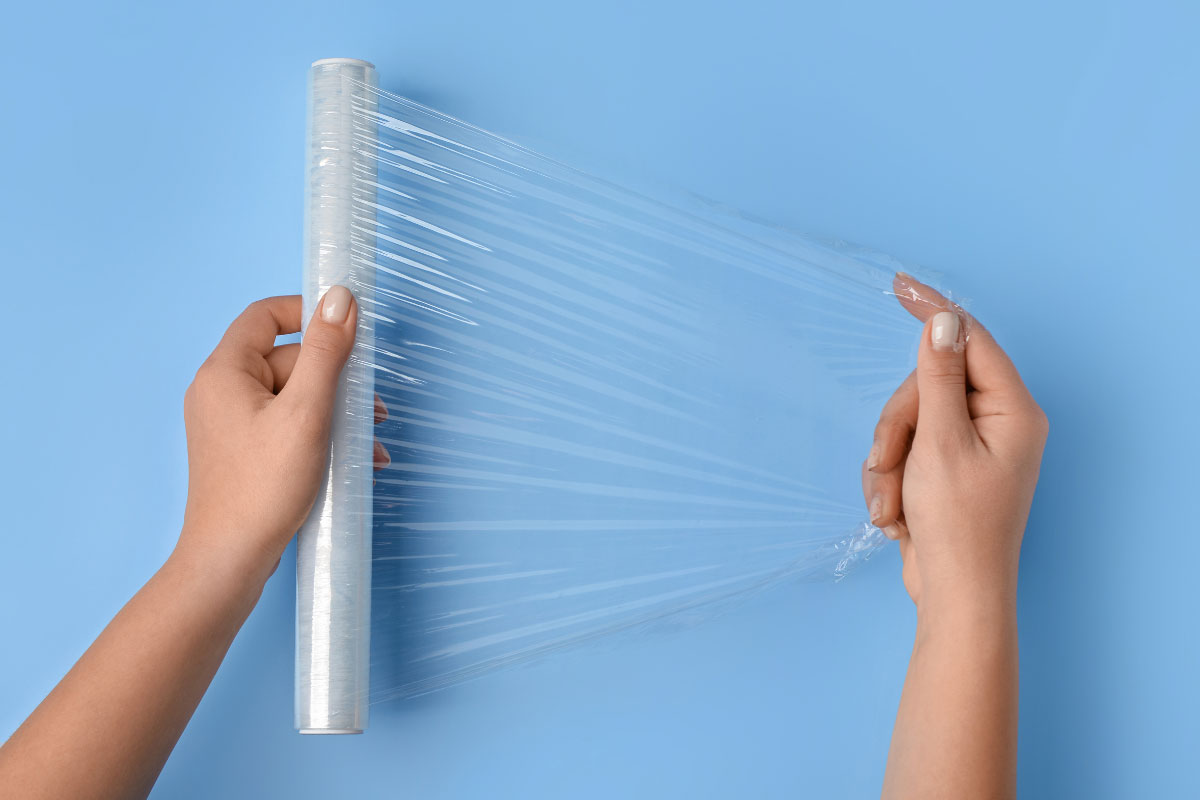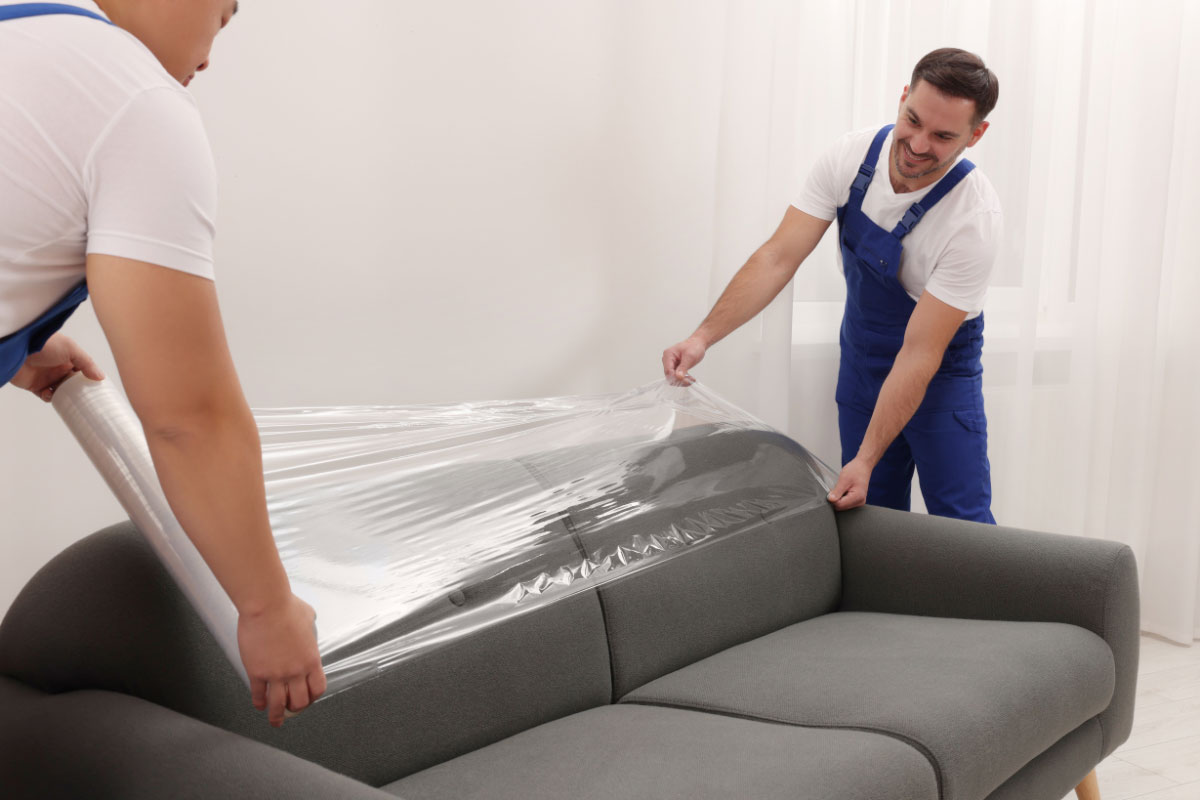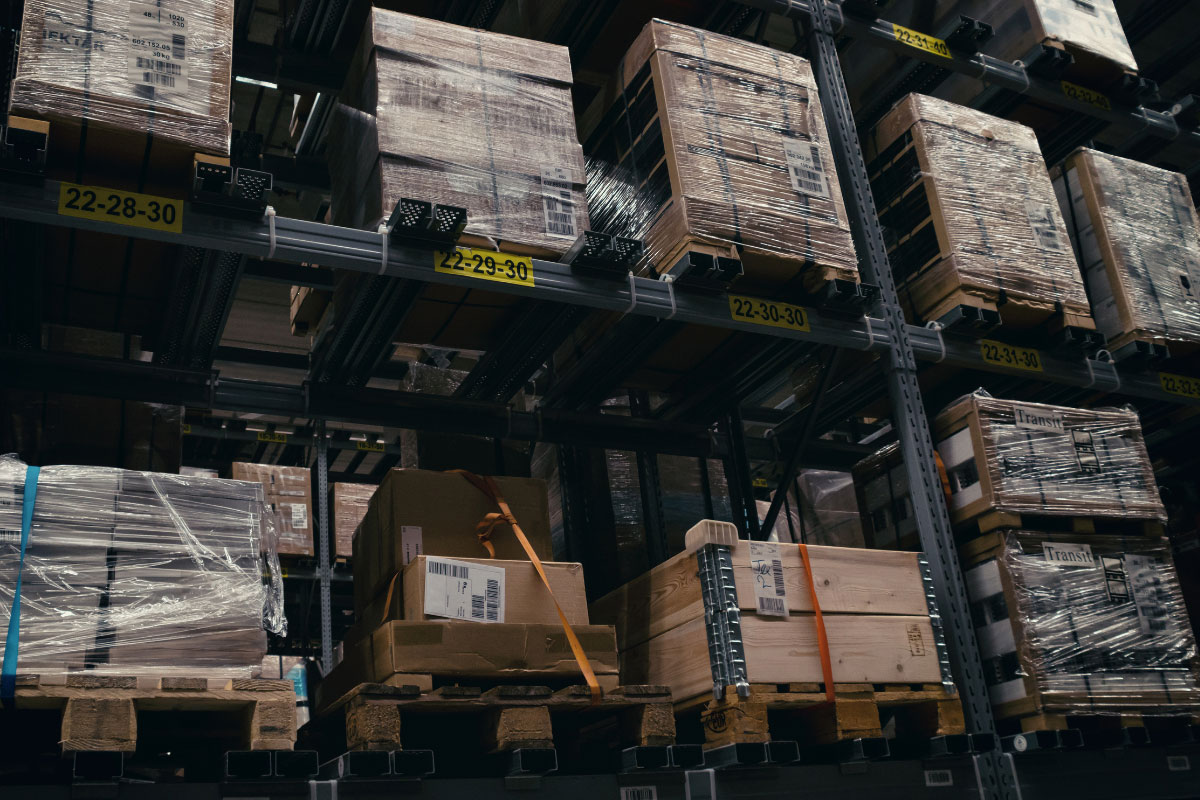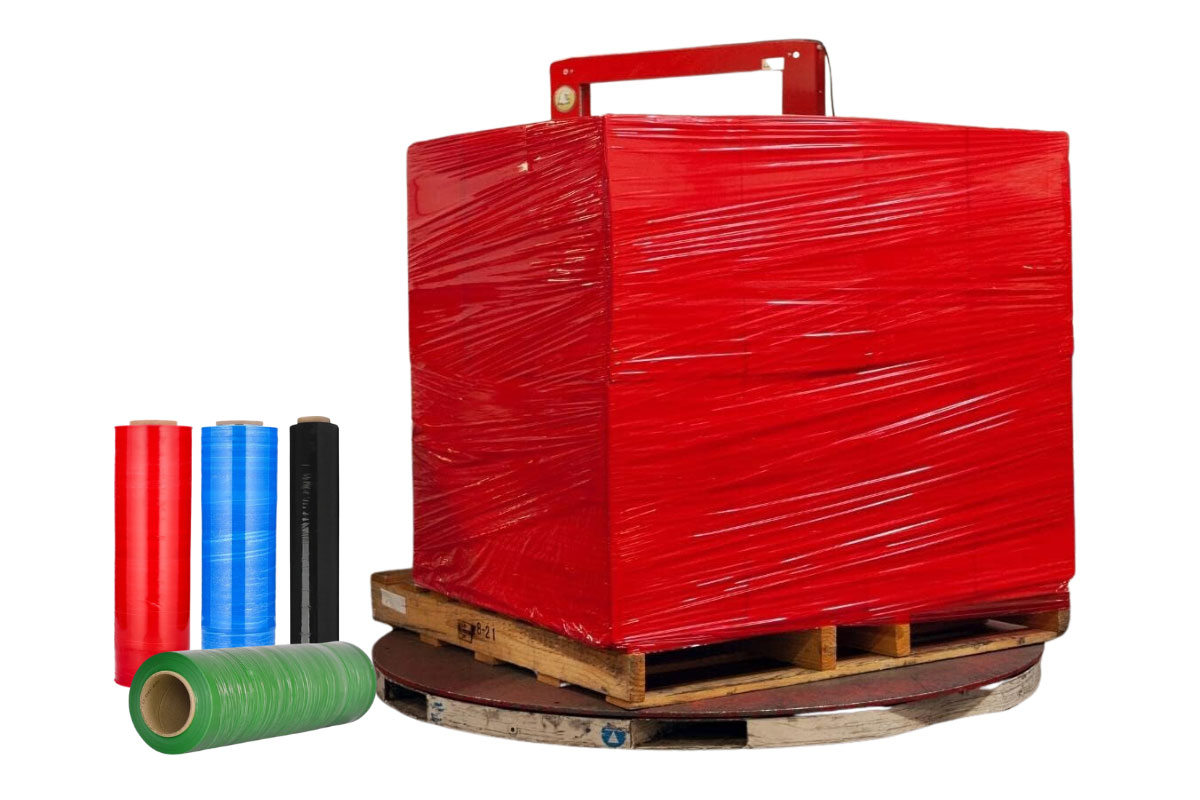With its flexible structure, packaging film has transformed the industry in recent years and has found its way into almost all industries. There are different types of flexible packaging films that cover the needs of all businesses. Pharmaceutical and medical products, food and beverages, heavy items and machinery, consumer equipment and thousands of other goods are packaged with all kinds of films.
Choosing the suitable film will make your items be sent with better quality, remain healthy, maintain their strength, and most importantly, save significantly on the final cost. Buying a suitable packaging film requires a complete understanding of its types; for this reason, in this article, we will examine the types of packaging film, raw materials, similarities, differences, and applications of each of them so that you can choose the best product with full knowledge. Select and purchase.
1- Polyethylene film
The most popular nylon and packaging plastics are made from this recyclable material. Polyethylene is a plastic film made from ethylene, a hydrocarbon mainly obtained from natural gas or oil. The terms “plastic sheet”, “polyethylene sheet”, or “poly-film” are often used as synonyms for polyethylene film. The term polyethylene is abbreviated as “PE”. There are different types of polyethylene film, the most popular of which are:
- Low-density polyethylene (LDPE)
- High-density polyethylene (HDPE)
- Linear Low-Density Polyethylene (LLDPE)
PE film can be purchased in different colours or transparent. In addition, there are different thicknesses. This film is the most common plastic used today and is used for a wide range of applications, including:
- packing
- Label making
- Production of plastic products (such as plastic bags)
- Covering machinery and equipment
- Protection of surfaces in painting
Of course, the primary material of stretch film and nylon shrink is usually polyethylene, and different manufacturing methods cause distinct characteristics. Polyethylene is the first choice for making packaging films in industries.
Advantages of polyethylene film
As explained in the previous section, PE film is the most widely used product in the packaging industry. In addition to the low price, polyethylene has many advantages that make it at the top of this list.
- Excellent protection, no leakage and excellent heat sealing
- Lightweight and easy to transport
- Soft and resistant structure
- Excellent flexibility
- Impact resistant
- Ability to produce in different colours, transparencies and thicknesses
- Easy processing and affordable price
- Excellent resistance to moisture
For example, low-density polyethylene (LDPE) is soft, puncture-resistant, highly transparent, and heat-sealable, making it an ideal choice for product packaging, tubing, and auto parts packaging. Slightly denser LDPE models are used to produce packaging bags for sharper objects.
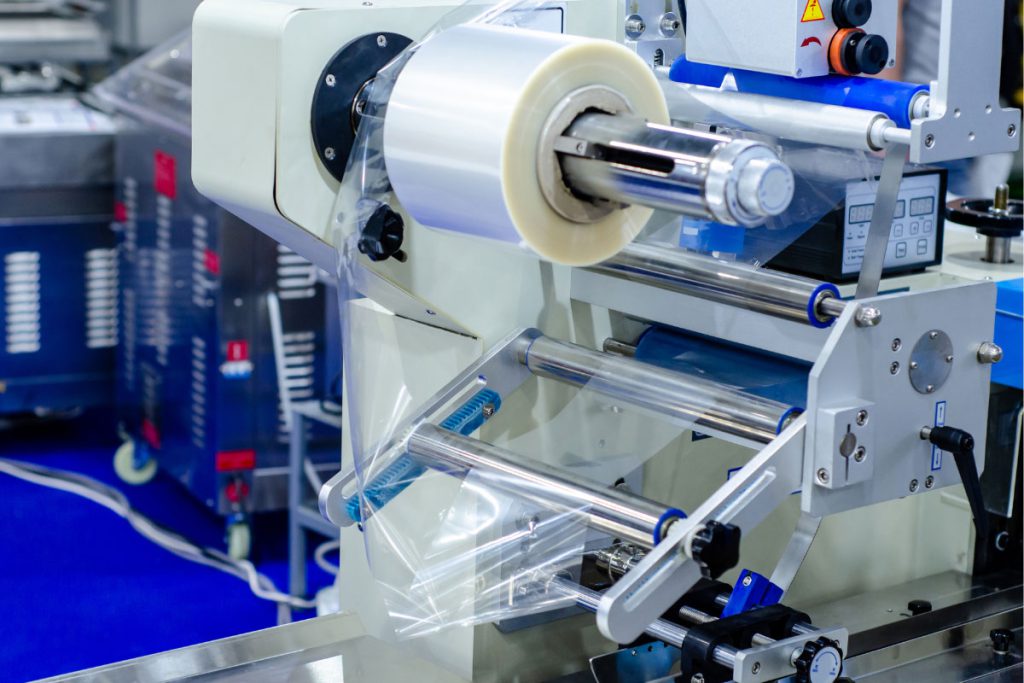
2- Polyolefin film (POF)
Polyolefin is a durable, widely used, FDA-approved, food-safe plastic. The main feature of this material is its strength. Polyolefin film (POF) is thin yet strong, with high puncture resistance and sealing strength. The structure of this film is such that irregularly shaped goods can be packaged without any problems using it.
POF is 100% recyclable and offers impressive transparency, making products stand out more. Manufacturing companies may add tiny holes to the film during manufacture to give it exceptional flexibility. Applications of polyolefin film are generally in the following industries, although any product with small dimensions can be well packaged with it.
- Making toys
- Chocolate and candy covers
- Packing books, food and other small things
Advantages of polyolefin film
When producing this film, no harmful fumes are emitted during processing, and it is environmentally friendly. On the other hand, it is entirely recyclable, so the production of new products from oil sources is reduced. But this product has other advantages:
- High durability and excellent chemical resistance
- lightweight
- Excellent clarity and clarity
- Good resistance to weather changes
- Good tensile properties and tear resistance
- Abrasion resistant
- It has insulation and sealing properties
- Wide operating temperature range
- variety colouring
- Low-cost
3- Polypropylene film (PP)
Polypropylene (PP) is a thermoplastic “additive polymer” made from a combination of propylene monomers. This material has a high melting point, which makes it suitable for hot liquids. It is also perfect for specific applications that require good chemical resistance. PP is mainly used directly in the packaging industry and is one of the most widely used packaging films. Of course, this material is also used in electrical equipment production, household appliances and automotive industries.
Polypropylene has a variety of uses, such as packaging consumer products, making plastic parts for the automotive industry, and producing special devices. Of course, polypropylene film is often used as the outer layer in multi-layer packagings, such as bags with polyethylene. Yogurt containers, take-out foods, medicine bottles, etc., are other items made of PP.
The advantages of polypropylene film
PP film can be produced in different ways, and for this reason, it shows different properties, but the following advantages are valid for all its derivatives.
- Excellent heat resistance
- High melting point
- Suitable for food packaging
- Good and stable adhesion
- Excellent hardness and scratch resistance
- Proper transparency
4- Polyvinyl chloride or PVC film
As PVC is reliable and lightweight, it helps the packaging maintain the integrity of the products. Of course, compared to other films, this film has a fragile structure. Also, its manufacturing process is associated with releasing toxic fumes, which is harmful to the workforce, and its factories must have proper ventilation.
Typical applications of PVC include various applications in the construction and building industries as well as healthcare, electronics, automotive and other similar sectors. PVC is used in plumbing and siding products, blood bags, and wire and cable insulation.
Advantages of PVC film
PVC is a thin thermoplastic film available in various shapes and coatings. Depending on the requirements and constraints of the industry, it can show different strengths or flexibility. This flexible nature has led to its use in various industries.
PVC is highly resistant to fire due to its high chlorine content. When burning, it does not ignite easily or produce much heat. However, since it can release harmful chemicals when melted or burned, appropriate precautions should be taken to reduce the risk of adverse health effects if used in industries where the material is used in operations involving flame or high temperatures.
- Lasting and durable
- Resistant to damage caused by environmental conditions
- Suitable for use in harsh weather conditions
- Non-conductive (non-conductive)
- Fire resistant
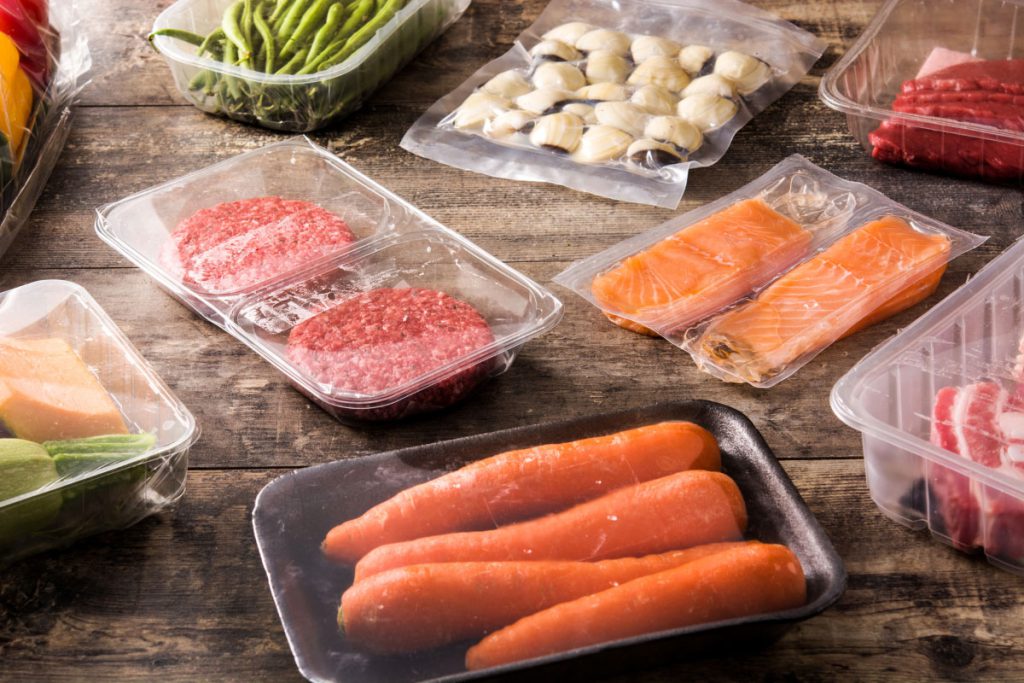
5- Low-density polyethylene film (LDPE)
It is a type of polyethylene film, but due to its importance and wide application, we examine it separately. This material changes its shape when exposed to heat and can take a new shape many times without losing its structure and strength. LDPE is a semi-crystalline thermoplastic with a nearly compact molecular structure. This film has many advantages, but what makes it popular is its soft, flexible nature and high adaptability for use in making different materials.
Advantages of low-density polyethylene film
The primary material of the film, LDPE, has been used in producing other materials, such as stretch film and nylon shrink. This film is easily recyclable, thus significantly reducing our environmental concerns.
- Affordable price
- A poor conductor of electricity
- Excellent resistance to high temperature
- Excellent chemical resistance
- Good flexibility
- Impact resistant
6- Thin plastic CPP film
The word CPP is abbreviated (Cast Unoriented Polypropylene) and is a plastic derived from polypropylene. CPP film is suitable for traditional and modern packaging applications, from side-seal pouches to stand-up pouches for textile and food packaging and document protection. CPP plastic has the advantages of low moisture permeability, good heat resistance, thermal sealing, etc. It can make moisture-proof, heat-resistant, non-toxic and odourless packaging.
7- OPP packaging film
OPP stands for oriented polypropylene and is a type of propylene film. OPP is a flexible, colourless, odourless, tasteless, non-toxic packaging material with high tensile strength, impact strength and transparency. The production method of OPP film is that the molten polypropylene polymer is first made into a thick sheet or film through a long and narrow series. Then it is placed in a unique stretching device simultaneously or step by step at a specific temperature and speed. This film is made by stretching in two vertical directions (longitudinal and transverse) after cooling or appropriate heat treatment or special processing.
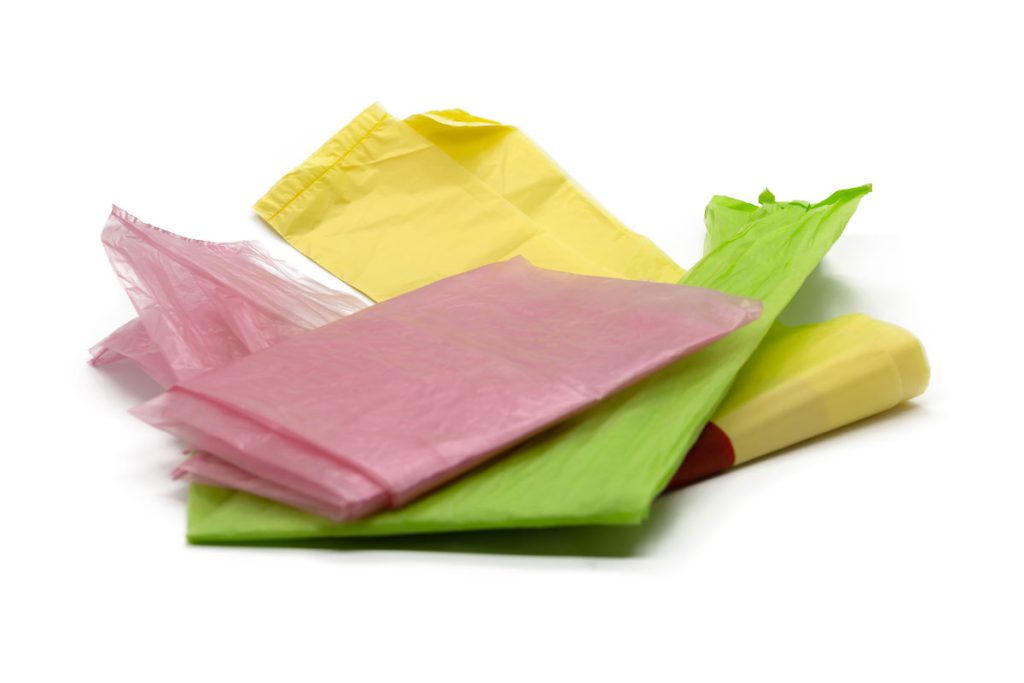
8- MOPP packaging film
MOPP stands for Monoaxially Oriented Polypropylene and is a uniaxial polypropylene film. The direction of tension is the mechanical direction. Mechanical direction has high tensile strength, lightweight, transparency, non-toxic, moisture resistance and good unidirectional tear performance.
The MOPP film production method is casting. A plastic extruder first melts the prepared plastic in the casting method. It is then extruded through a T-shaped structure that forms the mould and is cast as a sheet onto the rolling surface of a smoothly rotating cooling roller. Casting products have superior performance and high production efficiency and are suitable for mass production.
9- BOPP plastic film
BOPP stands for Biaxially Oriented Polypropylene, a biaxial polypropylene film. The anti-water vapour property of BOPP film has made it one of the best packaging films. BOPP film is produced so that the dense molecular polypropylene melt first passes through the extruder. After it passes through the T-die series, it is condensed into a sheet and then in a special stretching device simultaneously in both longitudinal and transverse directions. Extends And finally, films are produced after cooling.
10- Biaxial polyethylene (BOPE)
BOPE, short for Bi-axially-oriented Polyethylene, is the ideal solution for packaging products that require a high degree of protection. Some of the best features of this film are good puncture resistance, excellent heat tolerance, durability, moisture-proof construction and high transparency. The cost of making these films is relatively low.
Today, BOPE films are innovative solutions often used for items such as shopping bags, pharmaceutical packaging, and liquids and spices. Because these films are recyclable, they help companies stay true to the environmental sustainability commitments made to consumers. In addition, despite the long list of advantages, these films are inexpensive.
11- Biaxial polyethylene terephthalate (BOPT)
Abbreviated as BOPET (Biaxially-oriented Polyethylene Terephthalate), films are usually white or transparent and were first developed in the mid-1950s. The raw material of the film is stretched polyethylene terephthalate (PET). It is known for its transparency, reflectivity, high tensile strength, chemical and dimensional stability, gas and odour resistance properties, and electrical insulation.
This material is widely used as a surface film in laminates. When you laminate the packaging of any product using BOPET foil, you protect the food from oxidation. Food products do not lose their authentic flavour and can last longer. One of the most common ones is coffee foil packaging and bags for ready meals.
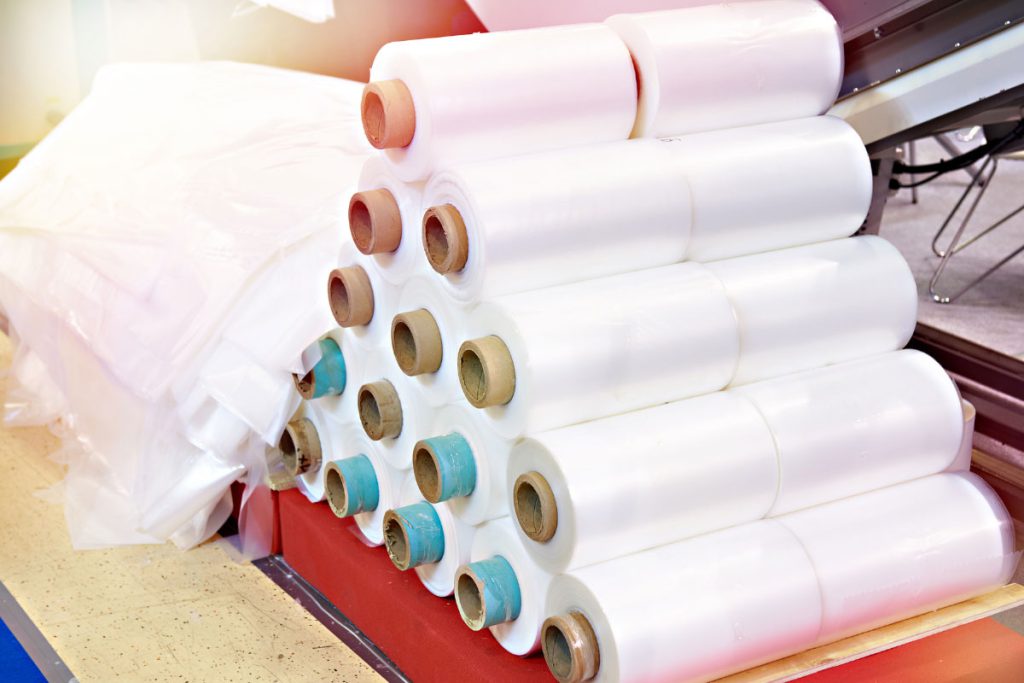
12- Biaxially Oriented Polyamide (BOPA)
Like BOPET, BOPA film is known for its excellent tensile strength, durability, odour barrier and puncture resistance properties. But its most important feature is high transparency. Also, this film is a good barrier against oxygen and some chemicals. BOPA is ideal for packaging frozen and cooked food, vegetables, aquatic animals and medical machines, electronic products, etc. They are also suitable for agricultural products and some medical products.
13- Laminates
Laminate film is almost too common for food packaging. Flavoured beverages, such as sauces, canned foods and powders, are often in multi-layer packaging. These films usually consist of a multi-layer structure where one of the polymer or paper layers is covered with aluminium or metal films. Laminates are an excellent barrier to prevent food from losing its flavour.
